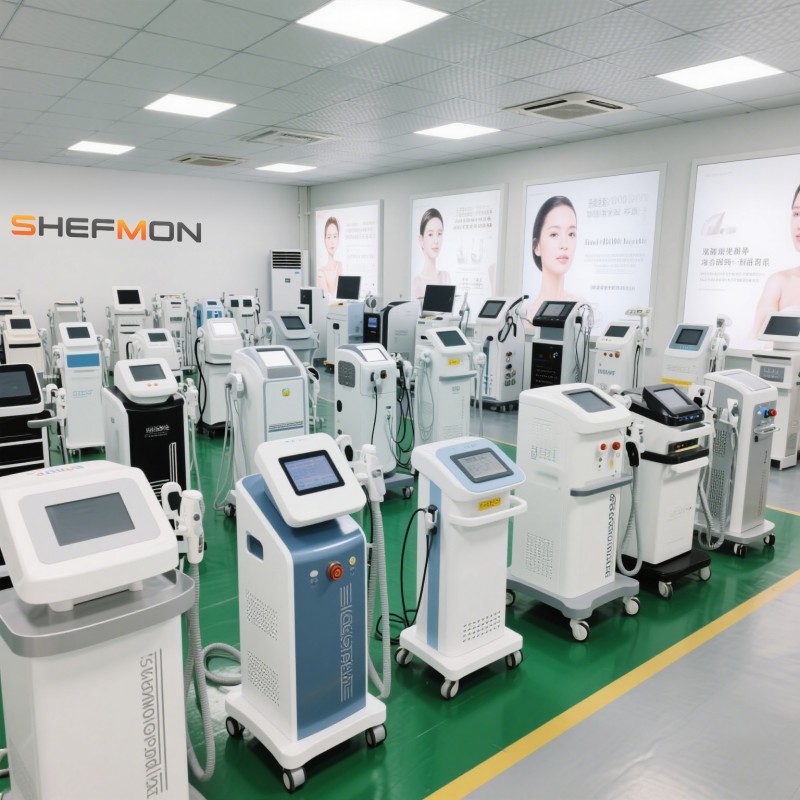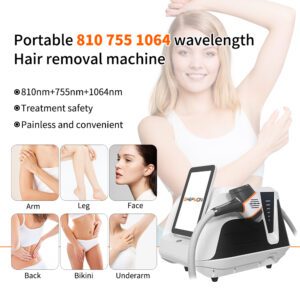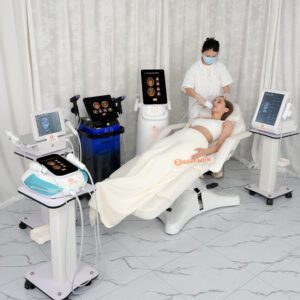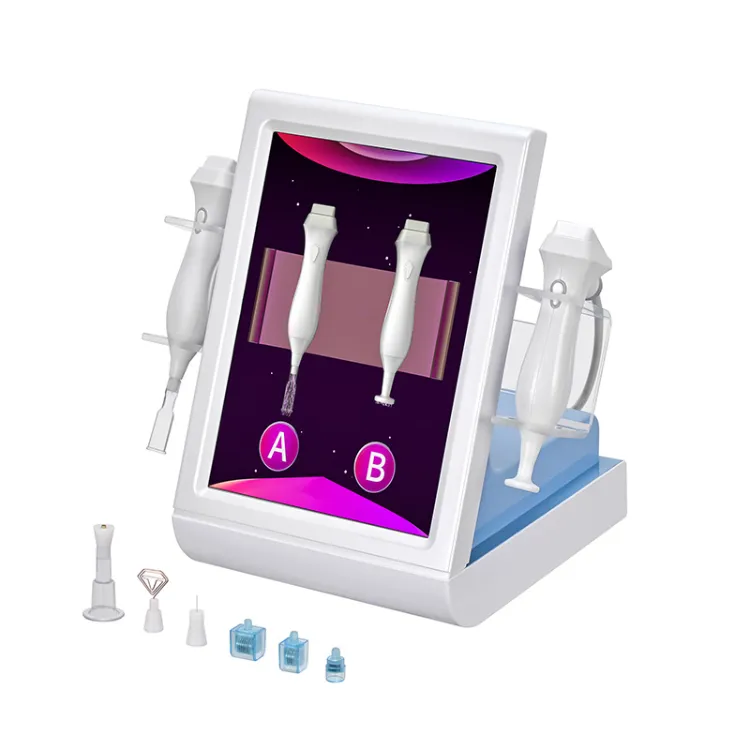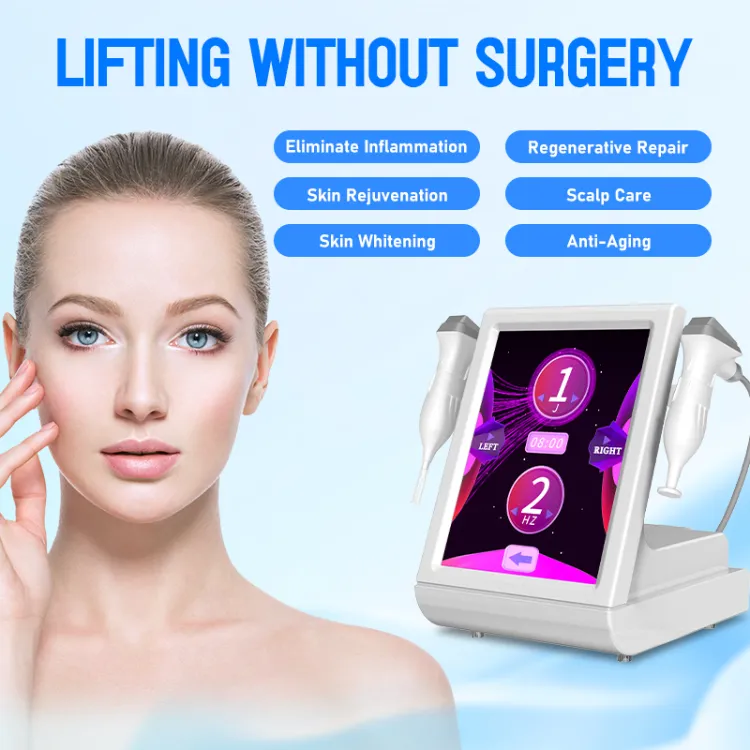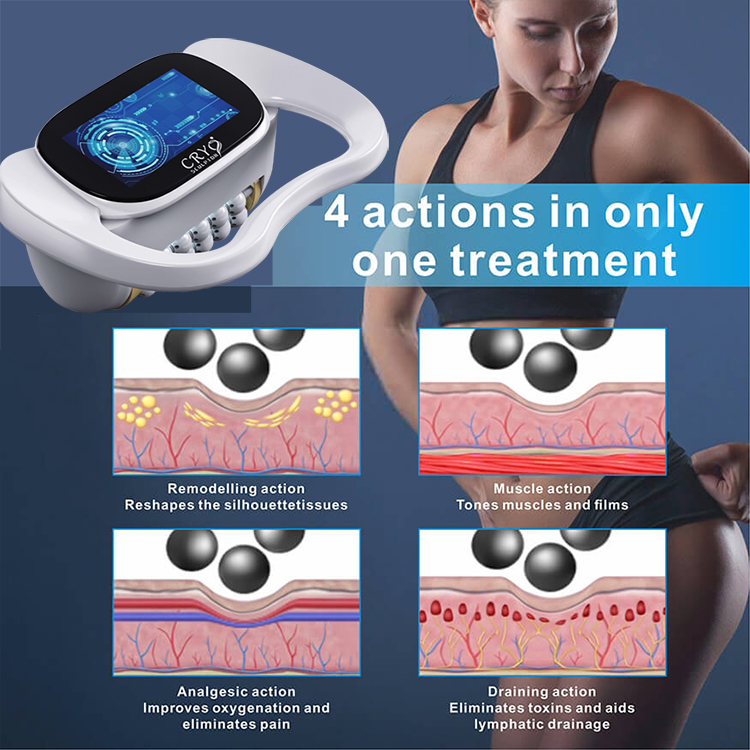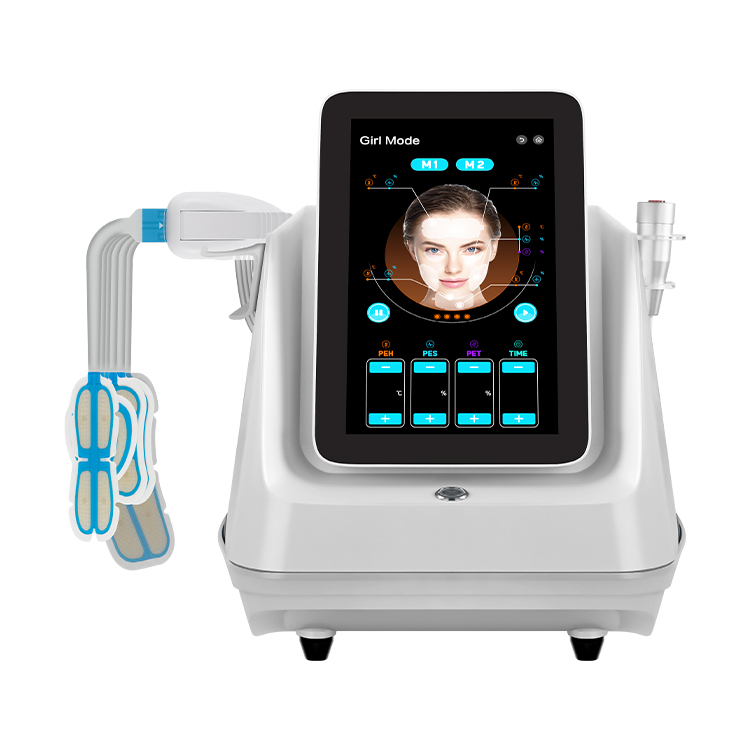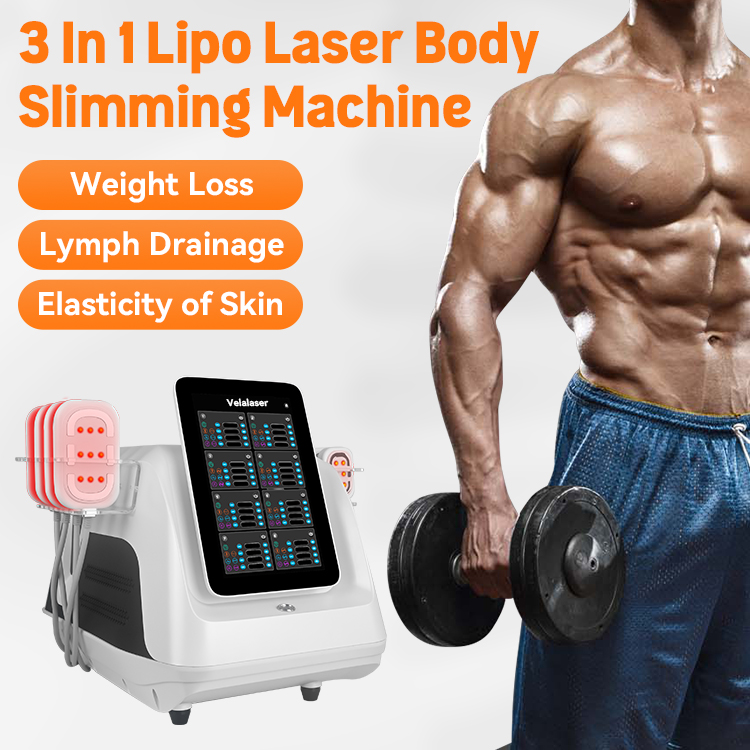Поделитесь оптимизированными решениями, профессиональными знаниями в области клапанов и новостями отрасли
Введите соответствующие термины или ключевые слова, которые вам нужны, и соответствующие статьи появятся в результатах поиска. Если вы не нашли нужный ответ, свяжитесь с нами, и мы будем рады помочь. Или отправьте письмо напрямую на адрес beauty@shefmon.com.
Does Ultrasonic Therapy Really Work?
Введение
Have you ever wondered whether ultrasonic therapy actually works or if it’s just another trend in the wellness world? Ultrasonic therapy has been around for decades, but its popularity has surged thanks to modern technology and innovative applications in physical therapy, sports rehabilitation, and even cosmetic treatments. From easing muscle pain to tightening skin, the claims are vast—but are they real?
In this article, we’re diving deep into the world of ultrasonic therapy to find out how it works, what it can do for you, and what the science actually says.
Understanding Ultrasonic Therapy
How Ultrasonic Waves Work
Ultrasonic therapy uses high-frequency sound waves—typically above 20,000 Hz—that are inaudible to the human ear. These waves penetrate deep into tissues, creating mechanical vibrations that stimulate cells and improve circulation.
Different Types of Ultrasonic Therapy
Therapeutic Ultrasound: Common in physical therapy for healing injuries and reducing pain.
Diagnostic Ultrasound: Often used in medical imaging like pregnancy scans.
Высокоинтенсивный сфокусированный ультразвук (HIFU): Used for cosmetic and medical applications, such as fat reduction and tumor treatment.
The Science Behind Ultrasonic Therapy
Механизм действия
Ultrasonic waves create vibrations in tissues, which increases blood flow and stimulates cellular repair processes. Think of it as giving your muscles and skin a gentle massage from the inside out.
Tissue Penetration and Effects
Depending on the frequency, ultrasound can penetrate superficial to deep tissues, delivering energy that promotes healing and pain relief.
Cellular Response to Ultrasonic Waves
Cells respond to ultrasound by increasing protein synthesis and collagen production, accelerating recovery, and potentially improving tissue elasticity.
Common Uses of Ultrasonic Therapy
Pain Management
Ultrasonic therapy can reduce chronic and acute pain by relaxing muscles, decreasing joint stiffness, and improving circulation.
Inflammation Reduction
The waves stimulate blood flow, which can help flush out inflammatory cells and promote faster healing.
Tissue Healing and Repair
From tendon injuries to minor muscle tears, ultrasound therapy encourages tissue regeneration and reduces recovery time.
Cosmetic Applications
Ultrasound is widely used in aesthetic treatments to tighten skin, reduce cellulite, and even aid fat reduction in targeted areas.
Medical Applications
Physical Therapy for Injuries
Therapists often use ultrasound to treat sprains, strains, and soft tissue injuries, improving mobility and pain management.
Sports Rehabilitation
Athletes frequently use ultrasonic therapy to accelerate recovery after intensive training or injuries.
Post-Surgical Recovery
Ultrasound can help reduce swelling and promote tissue repair after surgeries, minimizing downtime and discomfort.
Ultrasonic Therapy in Beauty and Wellness
Skin Tightening and Rejuvenation
High-intensity ultrasound stimulates collagen production, helping reduce wrinkles and improve skin firmness.
Fat Reduction and Cellulite Treatment
Focused ultrasound can target fat cells, breaking them down without invasive procedures.
Hair and Scalp Treatments
Ultrasound enhances the absorption of topical solutions, improving scalp health and potentially stimulating hair growth.
Benefits of Ultrasonic Therapy
Non-invasive procedure: No needles, no surgery.
Pain relief without medication: Reduces dependence on painkillers.
Faster recovery times: Helps tissues heal quicker.
Универсальность: Can treat muscles, joints, and skin.
Limitations and Risks
Possible Side Effects
Some people may experience mild redness, tingling, or discomfort during therapy.
Conditions Where Therapy May Not Work
Ultrasound may not be effective for severe injuries, deep fractures, or certain chronic conditions.
Importance of Professional Supervision
Improper use can worsen injuries or cause burns, emphasizing the need for trained professionals.
Scientific Evidence and Research
Studies Supporting Effectiveness
Research shows ultrasound can reduce pain and accelerate healing in soft tissue injuries and post-surgery recovery.
Controversial Findings
Some studies indicate that ultrasound may have minimal effect for certain conditions, such as chronic back pain.
Мнения экспертов
Experts recommend ultrasonic therapy as a complementary treatment rather than a standalone solution.
Comparison with Other Therapies
Ultrasound vs. TENS
TENS provides electrical stimulation for pain relief, while ultrasound focuses on tissue repair.
Ultrasound vs. Laser Therapy
Laser therapy primarily targets surface tissues, whereas ultrasound penetrates deeper layers.
Cost-Effectiveness and Convenience
Ultrasound sessions are generally affordable and require minimal downtime.
Choosing the Right Ultrasonic Therapy Device
At-Home Devices vs. Clinical Devices
At-home devices offer convenience but lower intensity. Clinical devices deliver professional-grade treatment.
Features to Look For
Frequency range, power output, and safety features are key considerations.
Safety Precautions
Always follow instructions and avoid using near sensitive areas like eyes or reproductive organs.
Советы по максимизации эффективности
Frequency and Duration of Sessions: 2–3 sessions per week may yield the best results.
Complementary Therapies: Combine with massage, exercise, or physiotherapy.
Lifestyle Considerations: Proper diet, hydration, and rest support recovery.
User Experiences and Testimonials
Positive Outcomes
Many users report reduced pain, faster injury recovery, and noticeable cosmetic improvements.
Mixed Results and Skepticism
Results vary depending on the condition, device quality, and adherence to treatment plans.
Future of Ultrasonic Therapy
Technological Advancements
Smart devices with AI-guided settings and personalized treatments are emerging.
Emerging Applications in Medicine and Aesthetics
Ultrasound is being explored for tumor therapy, deep tissue regeneration, and advanced skincare treatments.
Заключение
So, does ultrasonic therapy really work? The answer is a cautious yes. Evidence supports its effectiveness for certain medical and cosmetic applications, especially when used correctly under professional guidance. While it’s not a miracle cure, it offers a safe, non-invasive way to reduce pain, accelerate healing, and even improve skin appearance. Like any therapy, results vary, but with the right approach, ultrasonic therapy can be a valuable tool in your wellness toolkit.
Часто задаваемые вопросы
1. Is ultrasonic therapy safe for everyone?
Generally, yes, but pregnant women, people with pacemakers, or those with certain medical conditions should avoid it.
2. Сколько времени потребуется, чтобы увидеть результаты?
Results can appear after a few sessions for pain relief, while cosmetic improvements may take several weeks.
3. Can ultrasonic therapy replace surgery or medication?
No, it should be used as a complementary therapy, not a replacement.
4. Are there any long-term risks?
When used correctly, long-term risks are minimal, but improper use can cause burns or tissue damage.
5. Can it be combined with other treatments?
Yes, combining ultrasound with physiotherapy, massage, or skincare treatments can enhance results.
